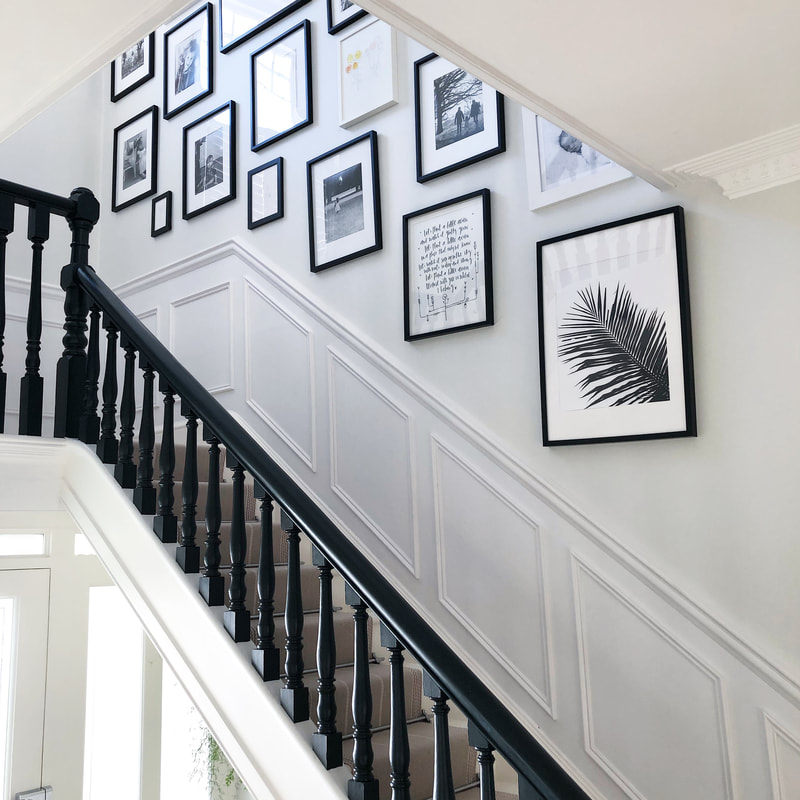In the grand symphony of interior design, it’s the oft-unsung elements that often lend the most harmony to our living spaces. modern dado rail, once commonplace in homes during the Georgian and Victorian eras, are experiencing a renaissance as designers rediscover their subtleness in framing spaces and adding architectural interest. However, their presence today is not mere historical homage — it’s a testimony to their adaptability across decades.
The History of Dado Rails
First appearing in early Georgian interiors, dado rails were a practical response to the rising damp that affected the lower portions of walls. Initially designed to serve a utilitarian function, they quickly evolved to become a design element in their own right. By the Victorian era, dado rails were fixtures in most homes, often accompanied by intricate wallpapers and complemented with contrasting colors on the upper walls.
Fast forward to the late 20th century, and the dado rail had fallen out of favor, viewed as a dated relic of historical interior design. But as the saying goes, ‘what’s old is new again,’ and today, designers are acknowledging the value of these once-celebrated elements.
Dado Rails in Modern Design
Contemporary design thrives on blending genres, eras, and materials. Dado rails, when curated thoughtfully, contribute much more to a room than their initial protective purpose. In today’s settings, they act as visual cues that help define different zones within a space. This segmentation is particularly useful in open-plan layouts, where a dado rail can break up the room without closing it off entirely, maintaining a sense of flow.
When it comes to color and materials, modern dado rails have escaped the constrictions of tradition. Where they were once installed as wooden wainscoting, modern iterations feature everything from metal to composite materials, offering bold contrasts and texture that can be painted in contemporary color palettes. Some designers forgo the paint altogether, allowing the material’s natural qualities to shine, which adds an organic element to an otherwise artificial environment.
Implementation Techniques
For those looking to incorporate dado rails in their contemporary spaces, here are a few implementation techniques worth considering:
Height and Positioning
Consider the function of the dado rail in relation to the size of your space. In smaller rooms, a lower positioning emphasizes height, making the room seem taller. This is also an excellent technique to consider if you are working with low ceiling heights, as the rail can create the illusion of roominess. In contrast, higher dado rails can add an intimate feel, especially when used in conjunction with contrasting shades on the wall and above the rail.
Choosing the Right Material
The material of your dado rail should reflect both the room’s function and your design aesthetic. In high-traffic areas or those prone to water, durable materials like PVC or metal may be the best choice. In living areas, wood offers a classic touch and is also quite tactile, lending warmth to the space.
Pairing with Décor
The true beauty of a dado rail lies in its versatility. It is equally at home in minimalist, Scandinavian-inspired environments as it is in baroque, maximalist spaces. Pay attention to how the dado rail interacts with other elements of your room, and be bold in your choices to create a seamless blend between classic design elements and modern aesthetics.
Final Thoughts
The resurgence of dado rails signals a shift in our approach to modern design. Rather than shunning the past, we are learning to adapt, appreciate, and incorporate historical design elements into new contexts. In an era where rapid change and disposability often dominate, the grounded permanence offered by dado rails is a breath of fresh air — an architectural lesson in longevity and timelessness.
Revitalizing spaces with modern design elements, such as dado rails, can transform your home’s aesthetic. If you’re considering expanding your living space, quality extensions and additions are a great option. For expert renovation services, visit https://www.konnectbuilding.com.au/extensions-and-additions.html. They offer tailored solutions to enhance your home, combining style and functionality to meet your needs.





